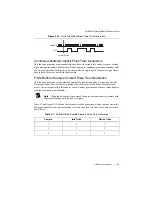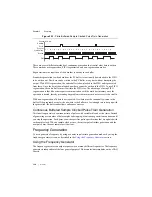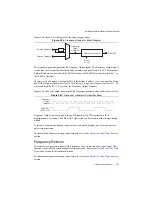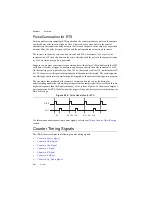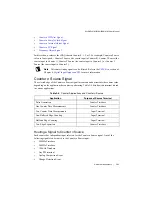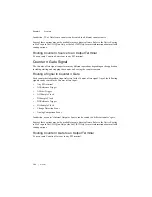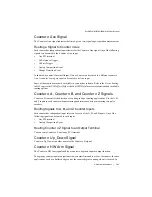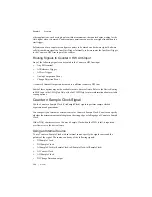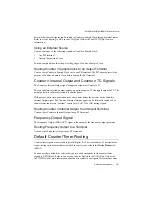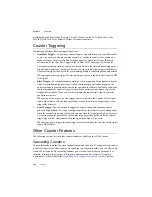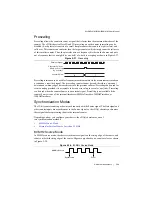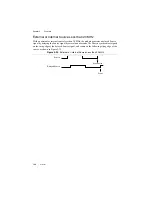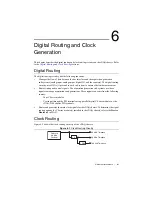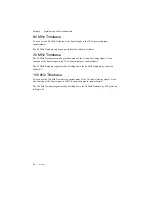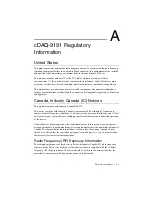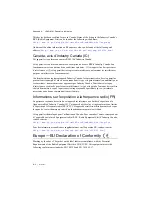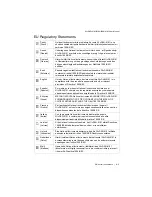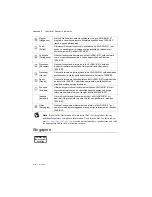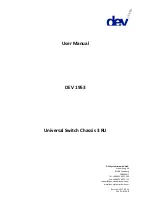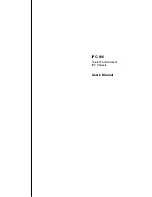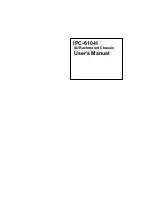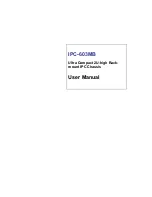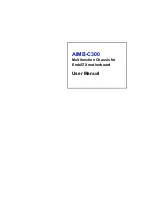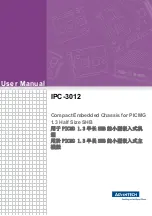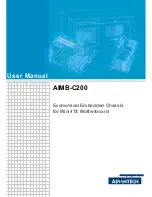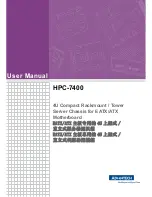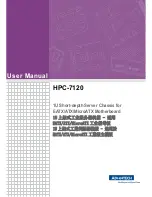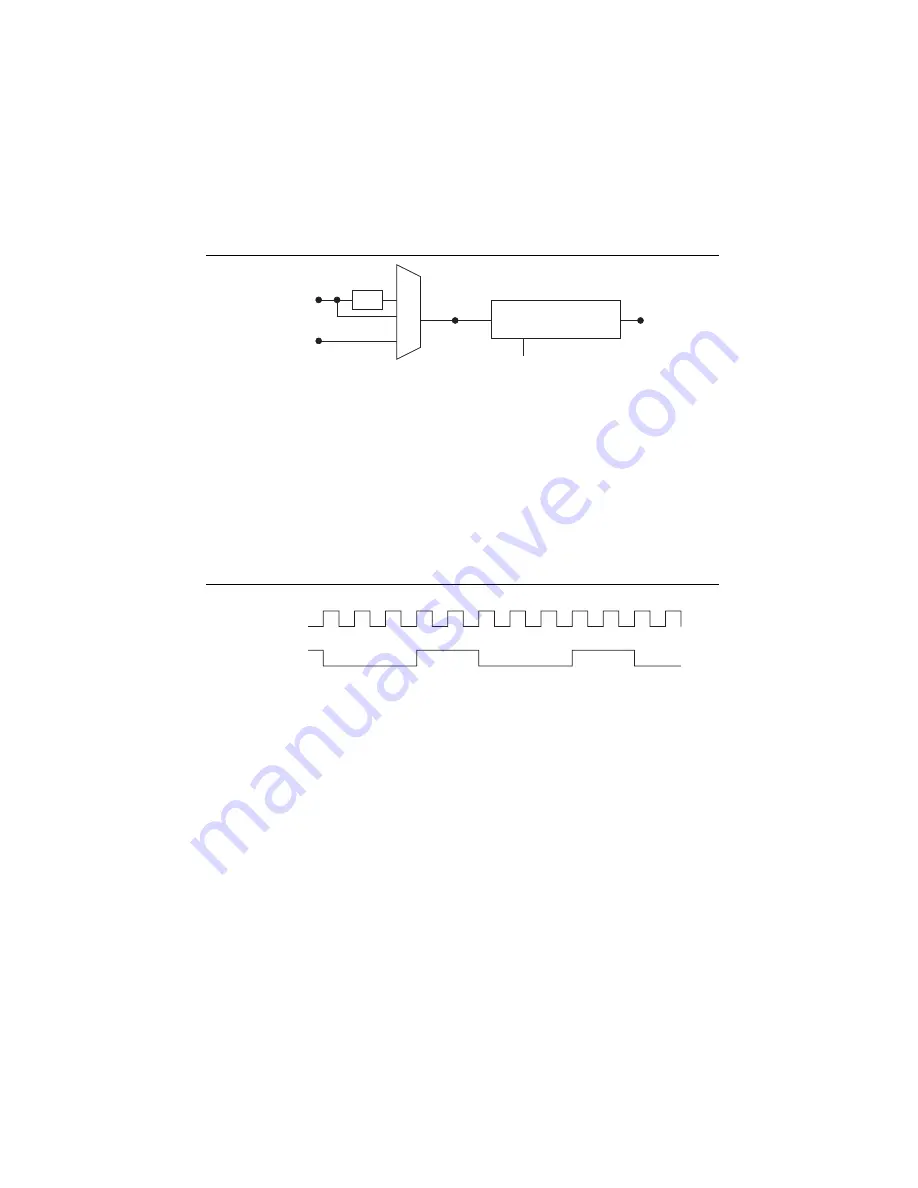
© National Instruments
|
5-31
NI cDAQ-9181/9184/9188/9191 User Manual
Figure 5-34 shows a block diagram of the frequency generator.
Figure 5-34.
Frequency Generator Block Diagram
The frequency generator generates the Frequency Output signal. The Frequency Output signal
is the Frequency Output Timebase divided by a number you select from 1 to 16. The Frequency
Output Timebase can be either the 20 MHz Timebase, the 20 MHz Timebase divided by 2, or
the 100 kHz Timebase.
The duty cycle of Frequency Output is 50% if the divider is either 1 or an even number. For an
odd divider, suppose the divider is set to D. In this case, Frequency Output is low for (D + 1)/2
cycles and high for (D - 1)/2 cycles of the Frequency Output Timebase.
Figure 5-35 shows the output waveform of the frequency generator when the divider is set to 5.
Figure 5-35.
Frequency Generator Output Waveform
Frequency Output can be routed out to any PFI terminal. All PFI terminals are set to
high-impedance at startup. The FREQ OUT signal also can be routed to many internal timing
signals.
In software, program the frequency generator as you would program one of the counters for
pulse train generation.
For information about connecting counter signals, refer to the
section.
Frequency Division
The counters can generate a signal with a frequency that is a fraction of an input signal. This
function is equivalent to continuous pulse train generation. Refer to the
section for detailed information.
For information about connecting counter signals, refer to the
section.
100 kHz Time
bas
e
20 MHz Time
bas
e
Fre
qu
ency
O
u
tp
u
t
Time
bas
e
FREQ OUT
Divi
s
or
(1–16)
Fre
qu
ency Gener
a
tor
÷
2
Fre
qu
ency
O
u
tp
u
t
Time
bas
e
FREQ OUT
(Divi
s
or = 5)













